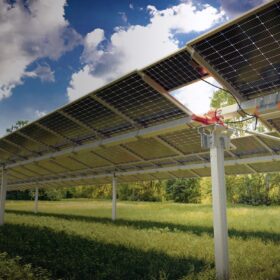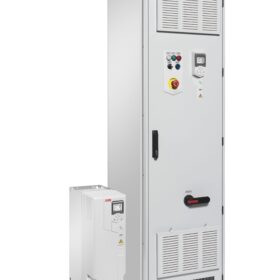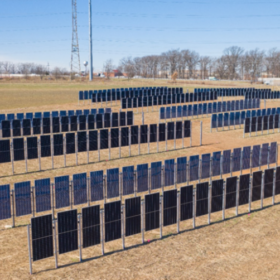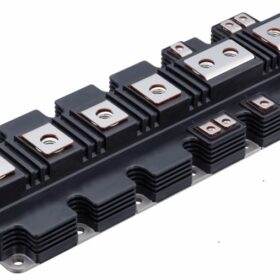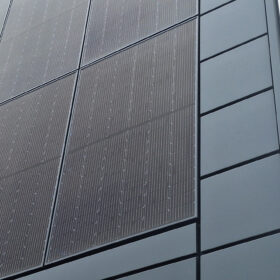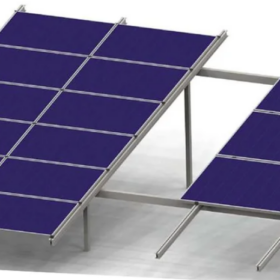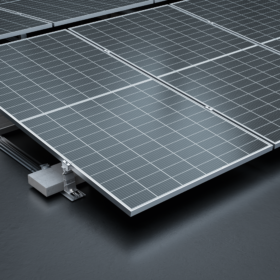GameChange Solar, JZNEE to build 3 GW tracker factory in Saudi Arabia
GameChange Solar, a US-based tracker supplier, has announced the construction of a 3 GW tracker factory in Saudi Arabia, with plans for potential expansion to 5 GW in the future.
Soltec launches dual-row, single-axis tracker
Spain’s Soltec has developed a new dual-row, single-axis tracker with a tracking range of up to 60 degrees, offering compatibility with 60-cell, 72-cell and 78-cell modules.
ABB Motion launches new solar drive for water pumping
ABB Motion has unveiled a new solar drive for water pumping, featuring integrated maximum power point tracking (MPPT) logic to maximize operations, with an input voltage ranging from 225 V to 800 V.
Vertical agrivoltaics for forage crops, animal grazing
US-based Sunstall has deployed a vertical agrivoltaic facility based on its racking solution in the United States. The system features 18 rows of 21 panels and has a total capacity of 170 kW.
S-5! unveils new mounting systems for rooftop solar
S-5!, a supplier of mounting systems, plans to release two new mounting components for rooftop PV systems, including a new mount that allows for module-level power electronics to be attached directly to solar panel frames.
Fuji Electric launches high-power module for large power converters
The Japanese manufacturer said its latest power semiconductor module is based on a compact insulated-gate bipolar transistor (IGBT) and is designed for large capacity industrial power converters voltage of 2,300 V.
Fischer launches clamp-free fastening system for facade PV systems
Fischer has developed a clamp-free fastening system for facade PV systems, with a mounting solution that requires minimal gaps between modules. The company says it is simple to install and dismantle.
K2 Systems to offer mounting system for green solar roofs
Germany’s K2 Systems says that its new mounting system will be available in the spring. It supports module elevation of 10 degrees to 15 degrees.
Caillau acquires majority stake in B&K Solare Zukunft
Caillau has acquired a majority stake in B&K Solare Zukunft, solidifying its position as a mounting system supplier in Europe.
Aerocompact releases new portrait mounting system
Austrian manufacturer Aerocompact has developed the SN2 Q PLUS solar mounting system, which can support PV modules measuring up to 1,310 mm x 2,500 mm. It has an installation angle of between 5 degrees and 10 degrees.
